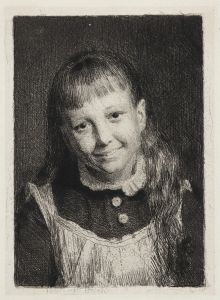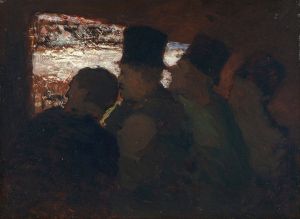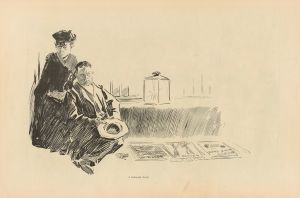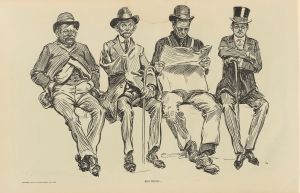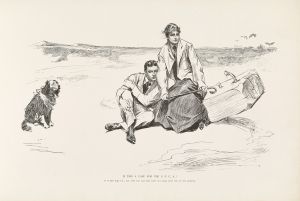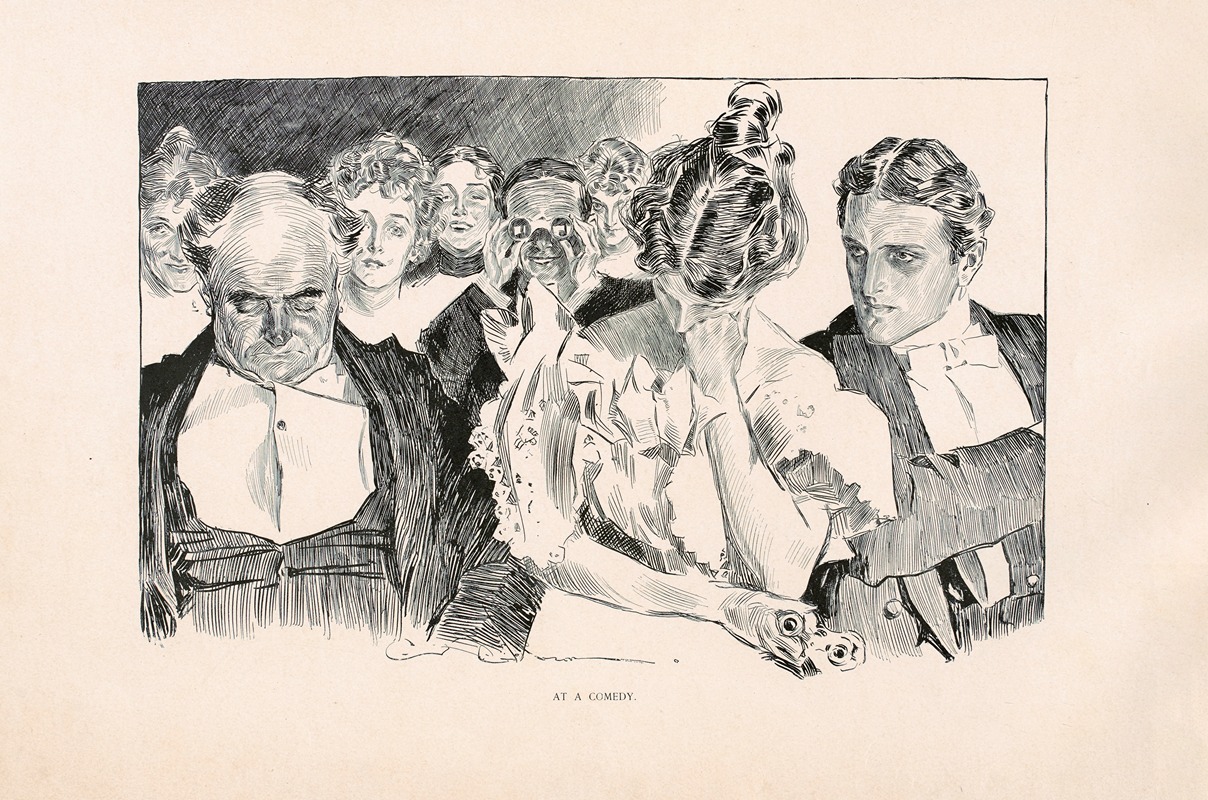
At a comedy
A hand-painted replica of Charles Dana Gibson’s masterpiece At a comedy, meticulously crafted by professional artists to capture the true essence of the original. Each piece is created with museum-quality canvas and rare mineral pigments, carefully painted by experienced artists with delicate brushstrokes and rich, layered colors to perfectly recreate the texture of the original artwork. Unlike machine-printed reproductions, this hand-painted version brings the painting to life, infused with the artist’s emotions and skill in every stroke. Whether for personal collection or home decoration, it instantly elevates the artistic atmosphere of any space.
Charles Dana Gibson was an influential American illustrator best known for his creation of the "Gibson Girl," an iconic representation of the American woman at the turn of the 20th century. Among his many works, "At a Comedy" stands out as a notable piece that captures the social dynamics and cultural nuances of its time.
"At a Comedy" is a black-and-white illustration that exemplifies Gibson's keen eye for detail and his ability to convey complex social interactions through his art. The illustration typically features a scene set in a theater, where the audience is engaged in watching a comedic performance. Gibson's work is renowned for its intricate line work and the expressive nature of his characters, and "At a Comedy" is no exception. The illustration captures the varied reactions of the audience members, from amusement to indifference, showcasing Gibson's talent in portraying human emotions and social settings.
The setting of a theater was a common theme in Gibson's work, as it provided a microcosm of society where different classes and personalities could be observed interacting in a shared space. The theater was a popular form of entertainment during Gibson's time, and his illustrations often reflect the social customs and fashion of the era. In "At a Comedy," the attire of the audience members is indicative of the late 19th to early 20th century, with men in formal suits and women in elegant dresses, complete with the elaborate hairstyles that characterized the Gibson Girl.
Gibson's illustrations, including "At a Comedy," were widely published in magazines such as Life, Collier's, and Harper's Weekly, reaching a broad audience and influencing public perceptions of fashion and social norms. His work was not only a reflection of contemporary society but also played a role in shaping it, as the Gibson Girl became a standard of beauty and sophistication for American women.
The impact of Gibson's work extended beyond the art world, influencing literature, fashion, and even the emerging field of advertising. His illustrations were seen as a commentary on the changing roles of women in society, as the Gibson Girl was often depicted as independent, confident, and socially active. This was a departure from previous representations of women and resonated with the evolving attitudes towards gender roles during the Progressive Era.
"At a Comedy" is a testament to Gibson's skill in capturing the essence of his time through art. His ability to depict the subtleties of human interaction and the social fabric of his era has left a lasting legacy in the world of illustration. While specific details about the creation and publication of "At a Comedy" may not be extensively documented, the illustration remains an important part of Gibson's body of work, reflecting his contribution to American art and culture.
In summary, Charles Dana Gibson's "At a Comedy" is a significant illustration that encapsulates the social and cultural atmosphere of the late 19th and early 20th centuries. Through his detailed and expressive art, Gibson offered a window into the world of his time, leaving an indelible mark on the history of illustration.






